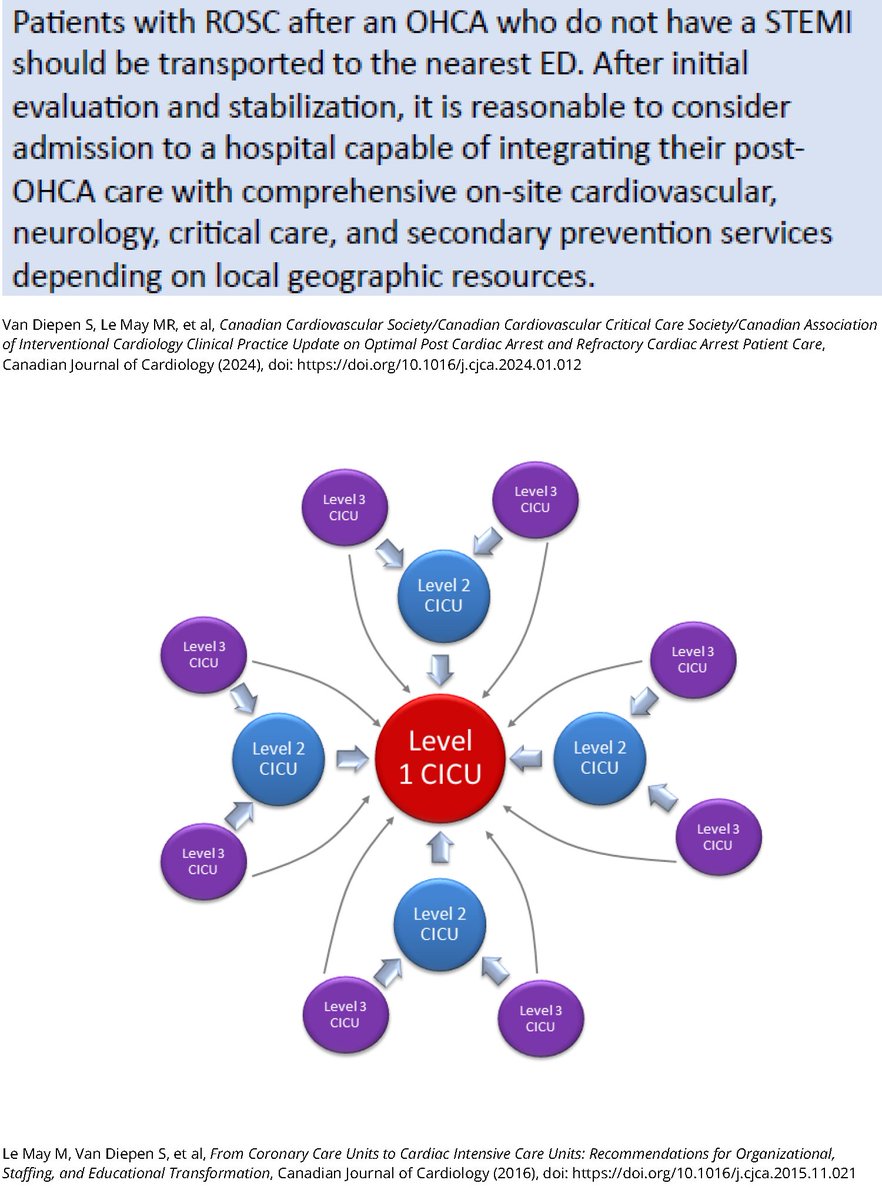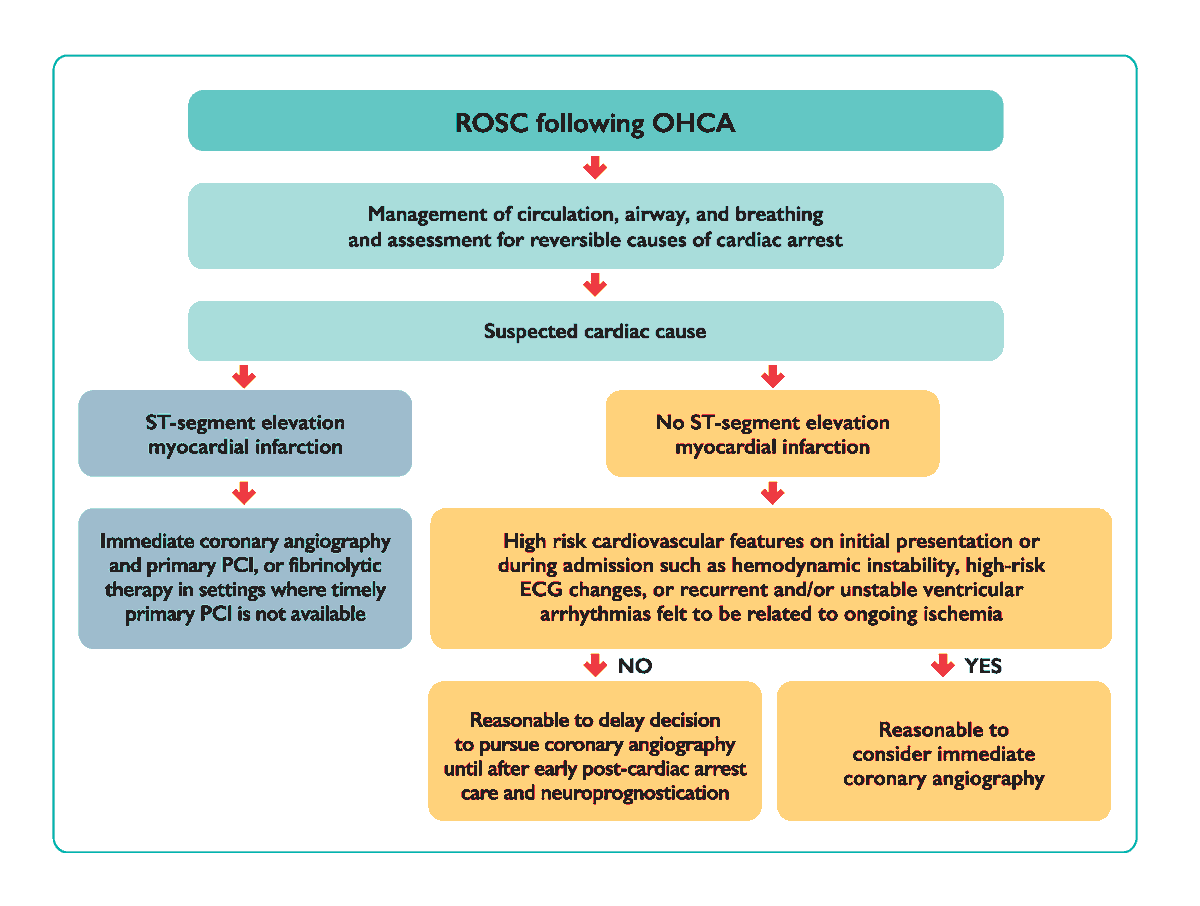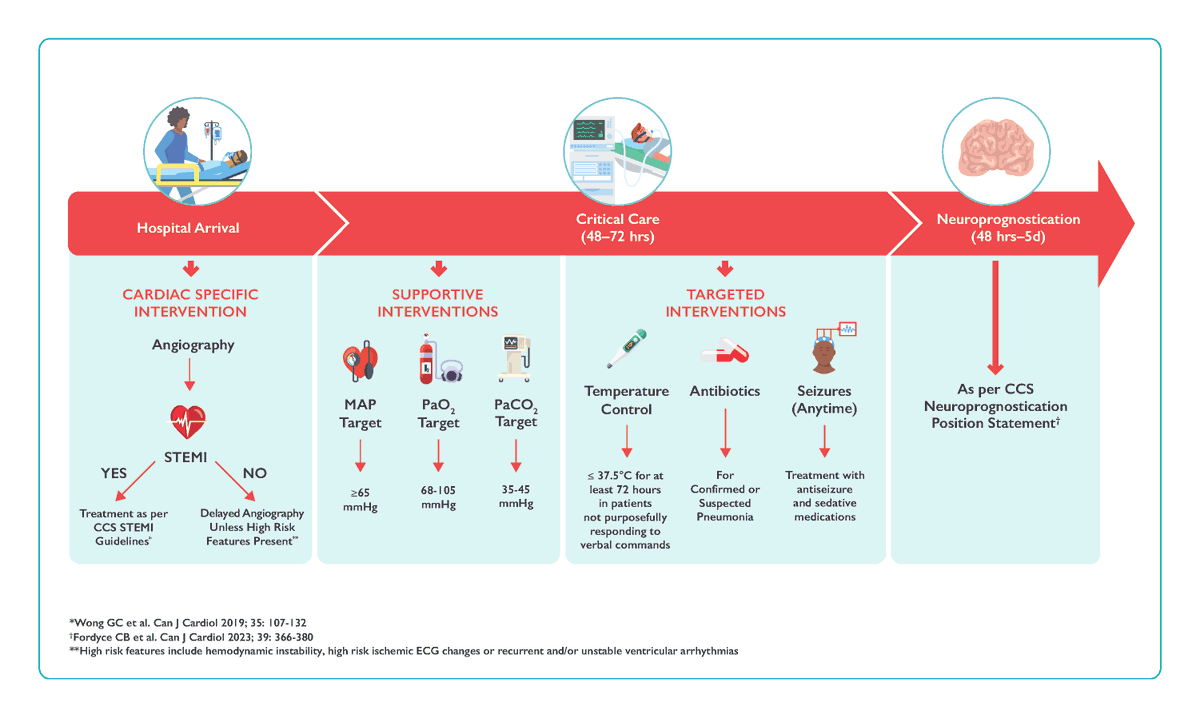
Sean van Diepen
@seanvandiepen
Father of 3, Husband, Academic Cardiologist-Intensivist.
University of Alberta
ID:920374262426304512
17-10-2017 19:41:38
867 Tweets
1,2K Followers
504 Following






📣 #Tweetorial : The CCS CANCARESociety Clinical Practice Update “Optimal Post Cardiac Arrest and Refractory Cardiac Arrest Patient Care” has been published. See all expert opinions here 👉 onlinecjc.ca/article/S0828-… #CJC 1/11 🧵


Updated cardiac arrest management guidelines based on latest RCts. Amazing work by Janek Senaratne Erin Rayner-Hartley Christopher Fordyce Graham Wong Emilie Belley-Côté, MD, PhD rebecca mathew CJC Journals Stanley Nattel


An incredible #ACC24
🫀1st time presenting on TTM
🫀sharing the stage with good friend Sean van Diepen
🫀PD/APD dream team w/Julie Damp
🫀Building Nashville connections w/Ann Gage
🫀Reconnecting with so many friends 🥰
Vanderbilt Health VUMC Heart/Vascular Vanderbilt Cardiology Fellowship Jane Freedman MD


Topical compared to IV tranexamic acid in patient undergoing CV surgery lowers risk of seizure but increases risk of RBC transfusion Jason N. Katz American College of Cardiology Shashank Sinha, MD, MSc, FACC, FAHA
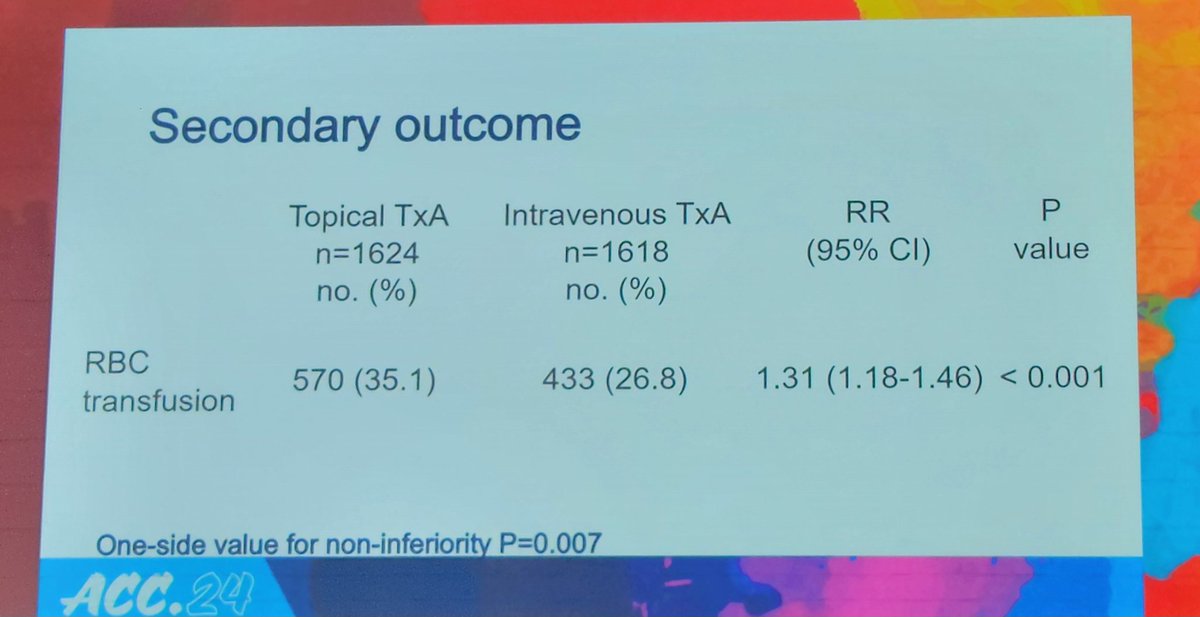


REDUCE AMI. Evidence for de-ad option of BBlockers in lower risk patients with MI and preserved LV function. Patients will love taking 1 less pill! Shelley Zieroth Jason N. Katz Shashank Sinha, MD, MSc, FACC, FAHA Timothy Henry
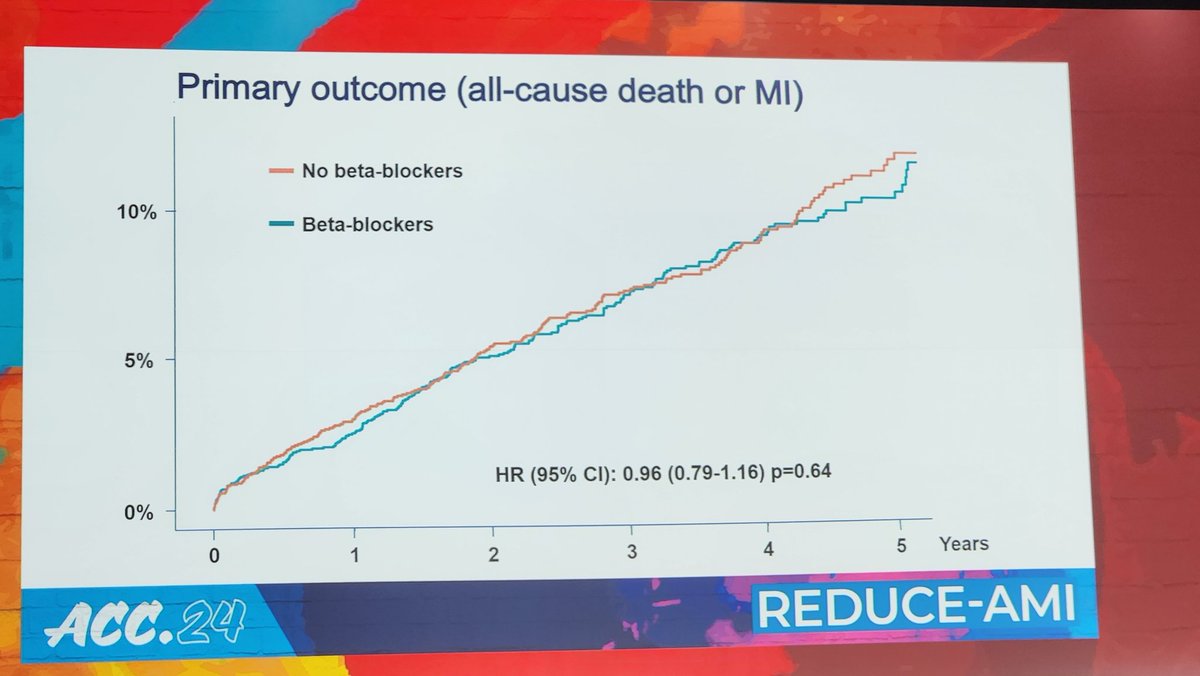

Agree, The higher vascular complications expected, but the RRT and sepsis signals suggest a need to sort out if this is survival bias (allowing for more complications to occur) or if these are 'device specific.' Alex Truesdell Jason N. Katz Saraschandra Vallabhajosyula, MD MSc Ann Gage Carlos L. Alviar MD, FACC

Congrats to Danger team Christian Hassager! Impressive results, now after SHOCK and Culprit-Shock 3rd positive RCT. Nevertheless, multiple questions remain: 1) is it the device? 2) patient selection? 3) treatment bias? 4) longer follow-up? Sean van Diepen Johann Bauersachs Navin Kapur


Sean van Diepen Shashank Sinha, MD, MSc, FACC, FAHA Shelley Zieroth Holger Thiele Abdulla A. Damluji, MD, PhD Alex Truesdell Michelle Graham Bravo to those investigators! A true endurance test. Patient selection most certainly matters for shock trials. They have given us a wonderful blueprint for future trials too!

DanGer Shock! The first temporary mechanical support device shown to reduce mortality in patients with cardiogenic shock but there is an increased risk of complications. Shashank Sinha, MD, MSc, FACC, FAHA Shelley Zieroth Jason N. Katz Holger Thiele Abdulla A. Damluji, MD, PhD Alex Truesdell Michelle Graham
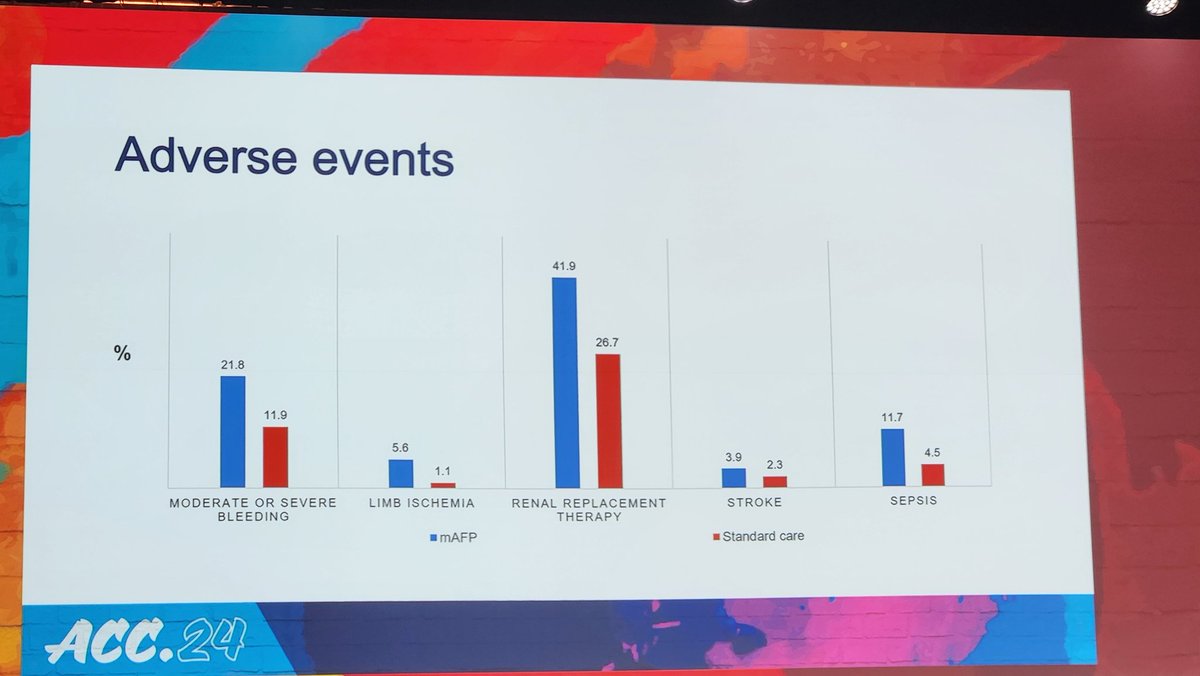
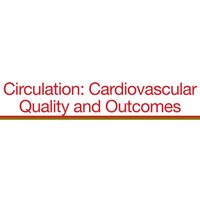

low, intermediate, and high critical care therapy utilization sites @loridanielsMD Jason N. Katz Sammy Zakaria @brianjpotter11 Jeff Teuteberg @coobrien @sunitchaudhryMD @kevinshahmd Sean van Diepen #AHAJournals
ahajournals.org/doi/10.1161/CI…


Join us today at 6pm for the last 3rd and final session of the #CritCareCards online summit with presentations by Ann Gage & Jason N. Katz and the annual CCC FIT ZOLL_Medical Jeopardy! Free registration 👉🏼 FellowsEducation.com/Critical-Care-… Shashank Sinha, MD, MSc, FACC, FAHA Dr. Rosy Thachil Sean van Diepen
